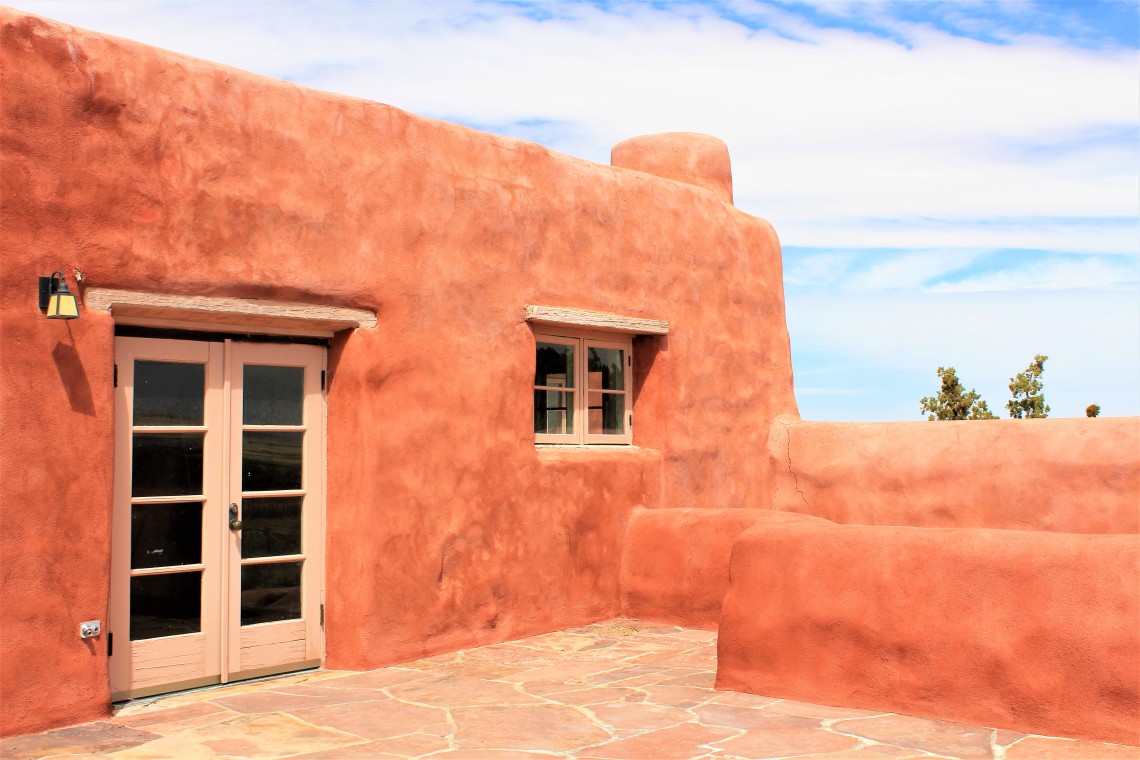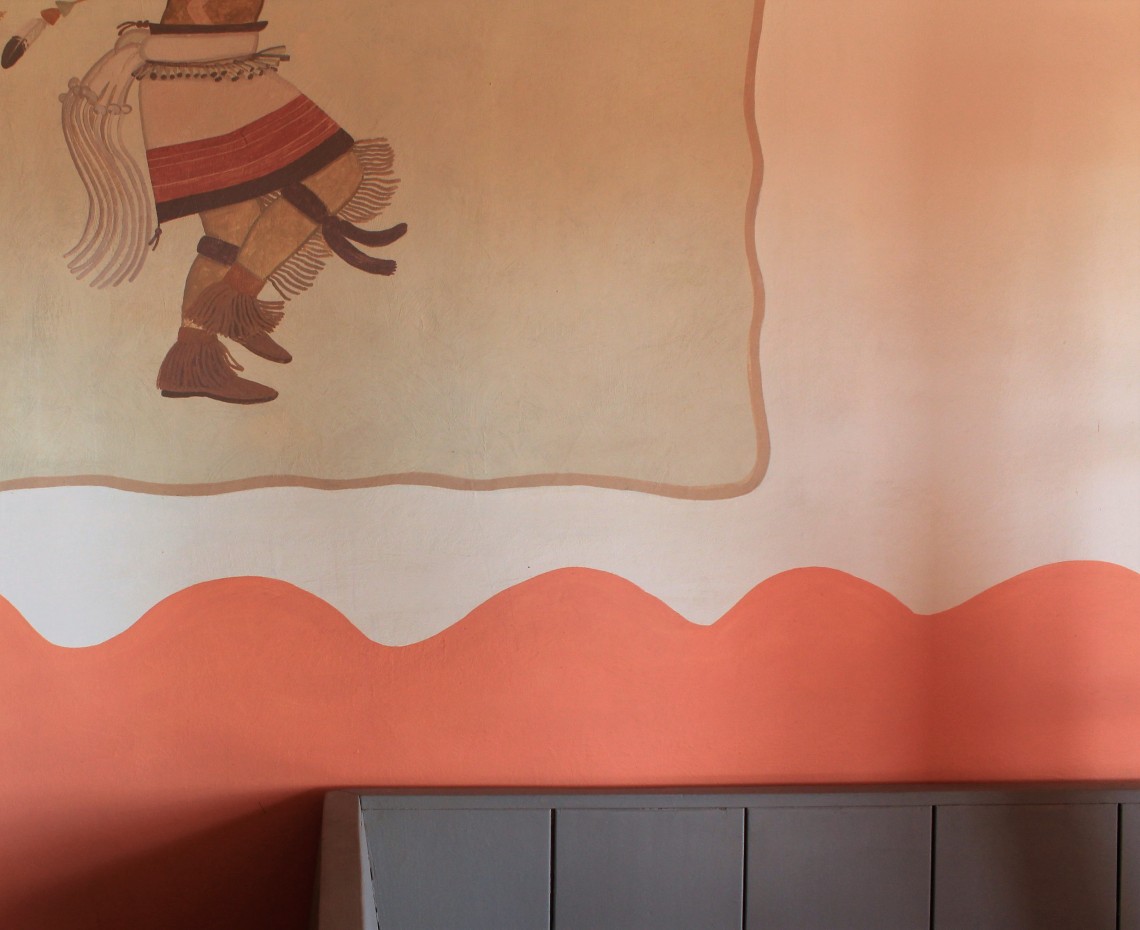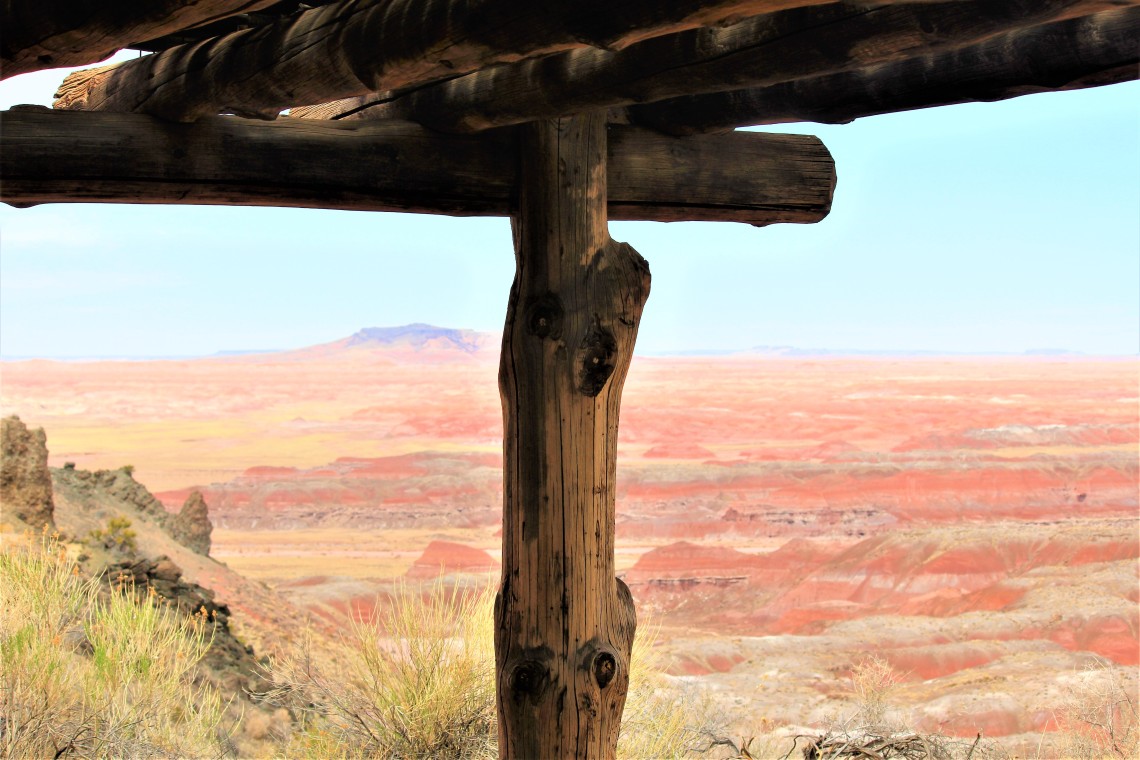I have been to the end of the earth. I have been to the end of the waters. I have been to the end of the sky. I have been to the end of the mountains. I have found none that are not my friend – Navajo Proverb
For over two thousand years, the Ute Indians lived and hunted in what is now called the Four Corners, consisting of present-day eastern Utah, western Colorado, northern Arizona and northwestern New Mexico. Game was plentiful. Buffalo, deer and antelope ranged from vast forests in the north to the San Juan River in the south. Living in wickiups, ramadas and hide tipis, the Utes moved with the seasons in a timeless pantomime of great herd migrations. The Sleeping Ute Mountains were home, their sacred universe.
South of Cortez, Colorado, as Route 491 cuts through a section of the 864 square mile Ute Mountain Reservation, my mind wanders to the false premise of ‘manifest destiny’ and the unspeakable acts committed under that banner. There is a dark, brooding history to the lands we call home. A history written for centuries before Europeans ever dreamed of setting foot on shores of a new world. The great lands of the west were never empty. They were never there simply for our taking.
As Route 491 drops south into New Mexico, you enter the 27,000 square mile Navajo Nation, situated atop the diverse Colorado Plateau. Migrating southward from Canada over a thousand years ago, the Athapaskans settled among the mesas and mountains of New Mexico. They called themselves Diné or ‘the people’, and their land Dinétah, meaning ‘among the people.’ With land fed by three rivers, the San Juan, Gobernador and Largo, the Navajo learned farming from neighboring Pueblo Indians. By the 1600s, the Navajo had become fully capable of raising their own food. For centuries, they hunted and farmed Dine’tah. Blissfully ignorant of the coming storm that would rob them of their land, forever changing the course of history.
In 1864, in what can only be described as an act of ethnic cleansing, the Navajo people were forced to walk hundreds of miles from their land in what is now Arizona, to eastern New Mexico. The Long Walk of the Navajo. Hundreds died in over 50 forced marches between 1864 and 1866. They were forced to abandon two sacred mountains and reinvent their way of life. In a hummingbird’s blink of history, cloaked in terms of destiny, a culture based on progress and possessions, violently pushed aside another that understood neither.

Petrified Forest National Park lies just south of Navajo Nation. This barren painted landscape, void of leafed trees, provides a glimpse into an environment over two million years old. A time when dinosaurs roamed the earth and giant spatula-headed fish swam in pristine rivers. Great leathery winged pterosaurs soared overhead. Majestic conifers lined waterways. A land as yet untouched by the natural violence that extinguished virtually all life on the planet. Here within arm’s reach, rest trees buried by sediment and volcanic ash when great beasts roamed the earth. Rainbow colored quartz, born of wood, fragmented by eons of weather, lie at my feet.

Like many National Parks, Petrified Forest has a single road, with multiple stops for those who want to experience much of what the park has to offer, without much effort. In this respect and with my sincere apologies to the Beatles, it is a great park for day-trippers. Exit 311 on I-40, marks the northern entrance, then forms a loop above the painted desert before heading south, re-crossing the freeway, traveling 28 miles down the length of the park, eventually meeting its dead end at Route 180.
Above I-40, Tiponi Point looks out at the muted colors of the painted desert. Sandstone changing color with age and erosion, create a pallet of burnt orange and umber. Rocks containing iron and manganese, oxidize into soft rose petal red. When the water table is high and less oxygen is in the ground, shades of blue and green appear. Sediment sparkles in vivid colors after a rare afternoon shower, before returning to dry softened colors. All held in place by a robin’s egg sky.

In the distance, the nearly 100 year old Painted Desert Inn blends perfectly into the landscape. Standing frozen in time, artist Fred Kabotie’s murals provide glimpses into Hopi culture. A Buffalo Dance and Tawa the Hopi sun god line the dining room and lunchroom walls. The Civilian Conservation Corps (CCC) felled ponderosa pine and aspen poles from nearby Arizona forests to use as roofing beams and smaller crossbeams. Handmade light fixtures of punched tin, and wooden tables and chairs in American Indian designs patiently await visitors. Beautiful skylight panels, hand-painted by CCC workers, mimic designs of prehistoric pottery. Concrete floors are etched and painted with patterns based on Navajo blanket designs. Chatter from 1950’s Route 66 travelers seems to hang in the air and mingle with black and white photos of Hollywood stars.


Petrified Forest National Park is the only park in the National Park System containing a section of Historic Route 66. Established in 1926, it waited until after WWII to earn its place in pop culture. From Chicago to Los Angeles, over 2,200 miles of open road beckoned restless drivers eager to leave war behind. A nation of Chevrolet’s ready to explore a landscape of different cultures. Lovers, young and old, on a journey of discovery. Teepee shaped hotels, giant chickens, pristine filling stations with men in crisp white, neon announcing pleasures and rest. For a time, Route 66 became the embodiment of America. Freedom, hokum and bravado, all found in a single strip of blacktop.
Today, traces of an old roadbed mirroring a line of weatherbeaten telephone poles is all that remains as a testament to this section of Route 66’s former glory. Off to the side, resting in golden brown rust, sits an empty shell of a once proud sedan. Our country has grown up since the heady post WWII days. Along the way we’ve discarded many of the things that once defined our greatness. Americans are a people of short memory, simultaneously haunted by the very things we’ve forgotten.
It winds from Chicago to L.A.,
More than two thousand miles all the way.
Get your kicks on Route Sixty-six!
From the song “Route 66” by Bobby Troup

After crossing the Interstate, the road runs razor straight for several miles. Bordering the Puerco River, as DeadWash and Ninemile Wash sit dry, bleached white in the sun. Nearby, tracks from the Burlington Northern Santa Fe Railroad cross the road heading west to Adamana. Long Logs and Giant Log trails are both accessible from the Rainbow Forest Museum and Visitors Center. Walking out onto the path that winds up and through the petrified ‘forest’, 200 million year old trees litter the ashen ground. Many rest in piles, as if caught in a river’s log jam, then left for eternity. Old Faithful, a log with a 9.5 foot diameter, hovers above the trail, the proud backdrop for countless photographs. Quartz, produced by silica water seeping through wood, sparkles in colors rarely seen. I take photograph after photograph, trying to record a piece of nature’s kaleidoscope.

Blue Mesa trailhead is at the far end of a 3 mile road spur that climbs through multi-colored badlands. Following a steep descent, the trail leads through a winding exploration of bluish bentonite clay and all manner of petrified wood, seemingly dropped from the sky in random fashion. Around one bend in the trail there are multiple pieces, strewn about. Another turn leads to what appears to be an entire trunk, laying apart from anything else. Plant and animal fossils hide in the sedimentary layers of Blue Mesa, waiting for the anthropologist’s curious hand. The day is hot. Cinders from a long ago volcano, jump up and scratch my legs with sharp heat.
As I circle Blue Mesa, the sun bakes everything caught in the open. A cotton-like haze falls and many of the vivid colors become muted and grey. Ahead of me on the wide gravel trail, a family of four slowly moves through the striated circular mounds. Each has a backpack. Both parents are rather tall, the kids, a boy and a girl, are thin and narrow. I can hear the kids squabbling back and forth, as the parents ignore, hoping words don’t become something more. As I approach the group, the boy stops and picks up a rock. As a father of 3 boys, I’m immediately thinking, oh shit. Instead the most incredible thing happened. As mom, dad and sister gather around the boy, he begins to explain what minerals are present in the rock he is holding. He is tutoring in a high, 10 year old voice. I stopped and leaned over to pick up a small rock. Then stood in place for a minute or two while the boy carefully and intelligently explained how certain minerals found their way into his chosen rock. When he finished I clapped, which startled him,but brought a smile to his parents. I told him that his brief lecture was very informative, to which he shyly whispered, ‘thanks’, shoved his hands into his pants, turned and slowly walked away.












Very cool!
>
LikeLike